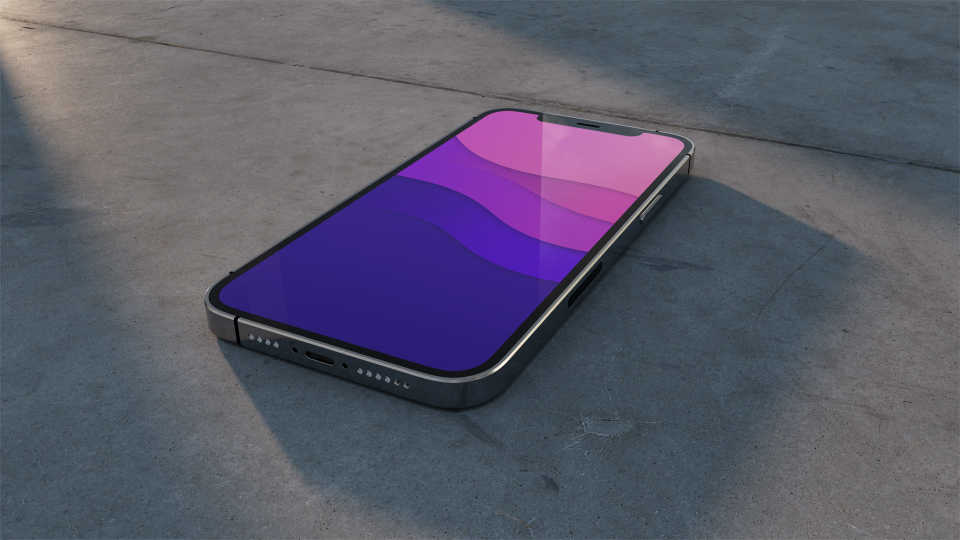A company's logo design is a fundamental component of its branding strategy. It serves as the visual emblem symbolizing the organization's identity and core values. So, how can you present your design in a way that truly resonates with your client? Mockups are the solution to this question. A well-crafted mockup can provide a realistic preview of how a logo will appear across diverse platforms and contexts. Let's explore the steps to effectively present a logo to a client using mockups.
1. Weave a Narrative Around Your Design
A logo design should encapsulate a story, whether it's linked to the company's legacy, its vision, or its offerings. Begin your logo presentation by narrating the story that inspired your design.
Utilize a mockup to bring this story to life visually. Be it a basic sketch or a digitally-rendered image, it will enable your client to perceive how the logo reflects their brand's narrative and makes it more engaging.
2. Demonstrate the Logo in Various Situations
After introducing the logo and its underlying concept, it's time to display it in practical use. Employ mockups to demonstrate how the logo would appear in diverse situations. This might include business cards, letterheads, websites, social media profiles, outdoor signage, product packaging, among others.
Exposing the logo in these various situations will offer the client a pragmatic perspective of how the logo will portray their brand in real-life scenarios. It can also help them envisage any potential challenges or adjustments that might be required.
3. Emphasize Design Elements
Every element in your logo design – from color and typeface to shape, size, and configuration – has a critical role in conveying the brand's message. Leverage mockups to expound on the choices you made and how they enrich the overall design.
For instance, you could use a color mockup to justify your choice of a particular palette, or a typeface mockup to illustrate how the chosen font aligns with the brand's persona. This will demonstrate your careful consideration and expertise behind your design to your client.
4. Offer Multiple Variations
Different contexts may necessitate varied logo versions. You might require a horizontal format for a website header, a vertical format for a pamphlet, or a monochrome version for a newspaper advertisement.
Utilize mockups to display these diverse logo variations and clarify when and why each one should be used. This not only equips your client with a flexible branding tool but also shows them that you've contemplated all possible scenarios where the logo might be applied.
Conclusion
Presenting a logo design to a client extends beyond merely unveiling a striking image. It encompasses narrating a story, illustrating the logo's real-world functionality, clarifying your design decisions, and delivering a versatile branding instrument. By integrating mockups into your presentation, you can fulfill all these objectives and leave your client with a vivid understanding of how their new logo will symbolize their brand.
